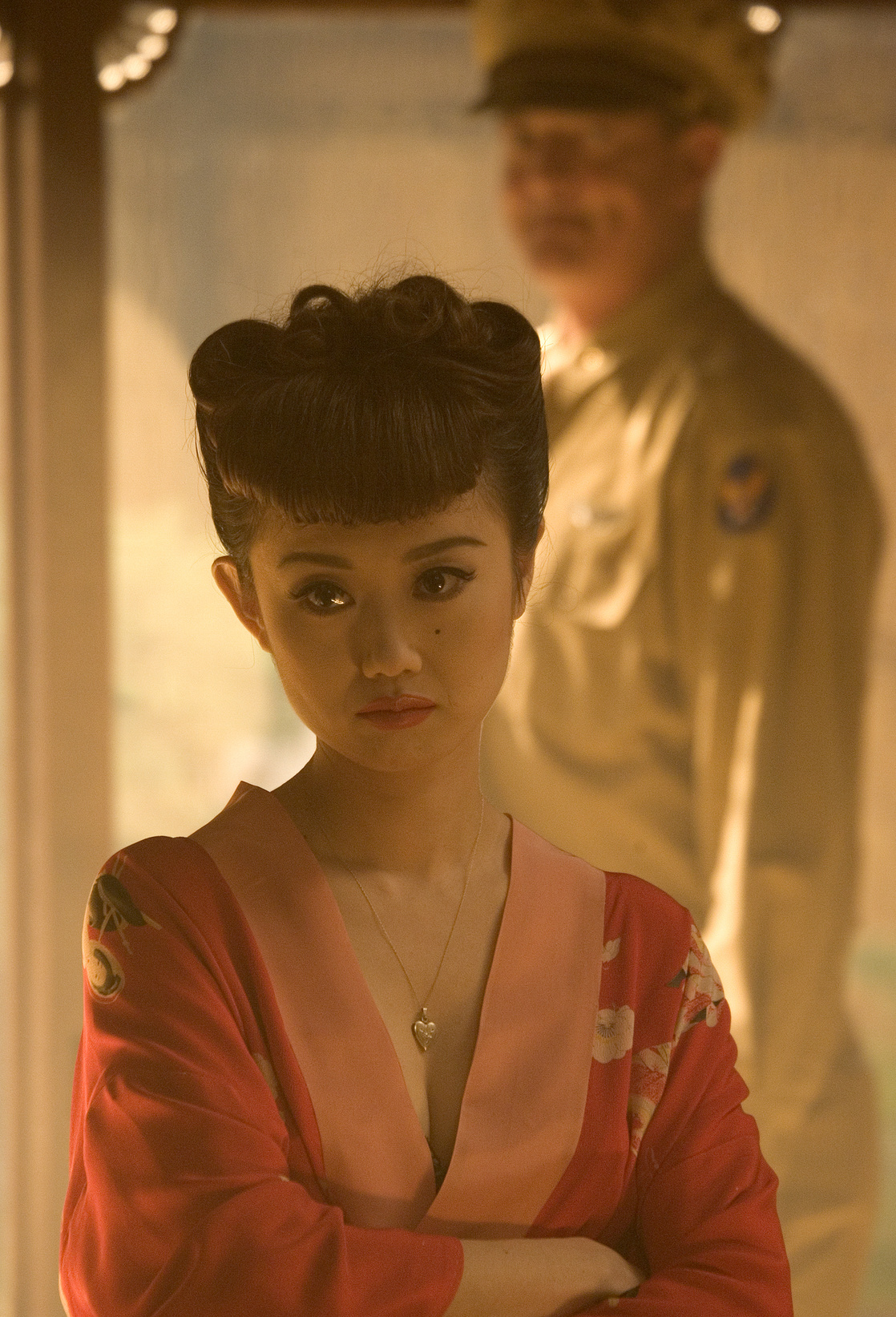

Youki Kudoh ( Snow Falling on Cedars) is solid as Pumpkin, Sayuri's sometimes-friend, sometimes-rival. To Marshall's credit, he assembled as many Japanese actors as possible. Michelle Yeoh is more comfortable with English, and this makes her a standout. Both are excellent actresses, but they don't shine here, except in instances when scenes rely on the non-verbal aspects of their performances. Zhang and Gong are not adept at this language, and their delivery and cadence is frequently off. However, the decision for all the dialogue to be in English is more problematic. Their ethnicity isn't really an issue, since most Westerners won't know the difference. Three of the major actresses - Ziyi Zhang (Chinese), Gong Li (Chinese), and Michelle Yeoh (Malaysian) - are not Japanese.
#MEMORIES OF A GEISHA RUN MOVIE#
So, to broaden the film's appeal, "name" Asian actors were chosen and the movie was made in English. Admittedly, the purist approach - all Japanese actors speaking in subtitled dialogue - while arguably the best way to present Memoirs of a Geisha, would have resulted in a box-office disaster. The need for the film to be commercially viable is a drawback. When Chiyo is ready to make her debut, she is given a "geisha name" - Sayuri - and introduced into society, where she must compete with Hatsumomo for the best clients. A celebrated geisha, Mameha (Michelle Yeoh), takes Chiyo under her wing. Chiyo vows to become a geisha and make him her patron. The Chairman (Ken Watanabe) recognizes her as a girl of amazing character and offers her a simple kindness. For her infractions, she is denied the chance to attend the geisha school and must perform menial chores. Chiyo's plans to become a geisha - a "moving work of art" who sells her skills, not her body - are dashed when she runs afoul of Hatsumomo (Gong Li), the house's most consistent earner. At first, Chiyo's lone goal is to find her sister, Satsu, from whom she has been separated but, after a brief reunion, they are parted forever. The film opens with Chiyo (Suzuka Ohgo as a child, Ziyi Zhang as an adult) being taken from the small fishing village of Yoroido and sold to the proprietress of a Kyoto geisha house. One could argue that the movie is more about the lead character than her relationship with a man but, by the way the story is told, it's clear than Marshall and his screenwriters want the romance to be a key element. The love story, although competently told, never soars and, while satisfying, it doesn't cause the heart either to break or take flight.
-screenshot.jpg)
There's no doubting that Memoirs of a Geisha is a lush motion picture, and it has much to recommend it, but this will not go down as one of the great screen romances of the 2000s.

The film is an adaptation of the immensely popular Arthur Golden novel, and is about as faithful as a two-plus hour movie could be.
#MEMORIES OF A GEISHA RUN FREE#
But, because Marshall was under contract to Miramax, some horse trading had to be done before he was free to make the movie. Several other names came and went, until the producers settled on Rob Marshall ( Chicago). At one time, Steven Spielberg was set to direct (he remains on board as a producer). Memoirs of a Geisha spent a lot of time in development hell before finally getting the green light. Although the film is less concerned with the war than with the impact it has upon the characters, much of the final act could not have occurred without the influence of the postwar American occupation of Japan. At its heart, this is a romance that transpires against the background of an ever-changing Japan during the 1930s and 1940s. Memoirs of a Geisha falls into this category. Zhivago (the Russian Revolution), and Pearl Harbor (just kidding). Consider, for example, Casablanca (World War II), Gone with the Wind (the American Civil War), Dr. It's a recognized fact that many epic love stories of literature and cinema transpire around or during a war.


 0 kommentar(er)
0 kommentar(er)
